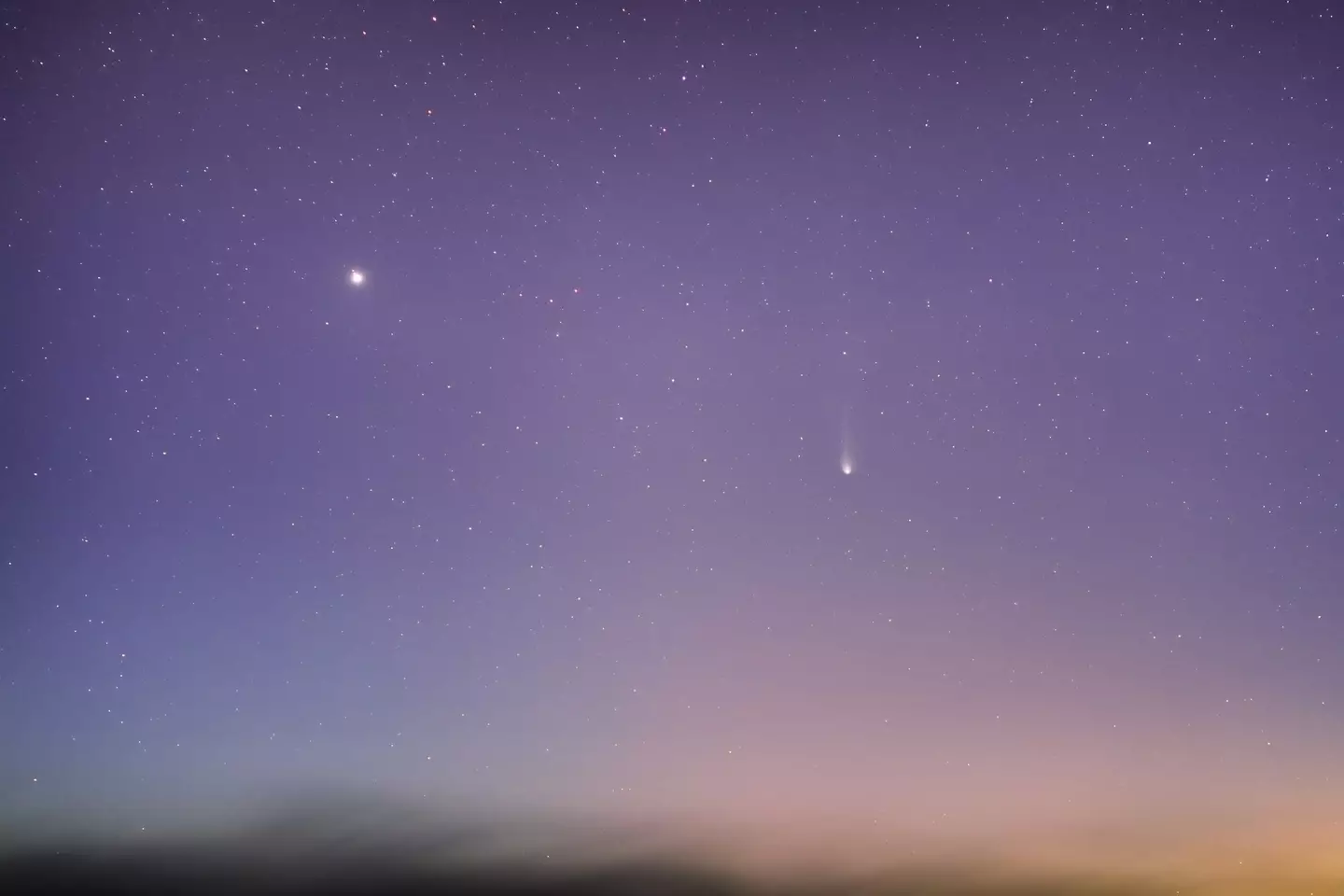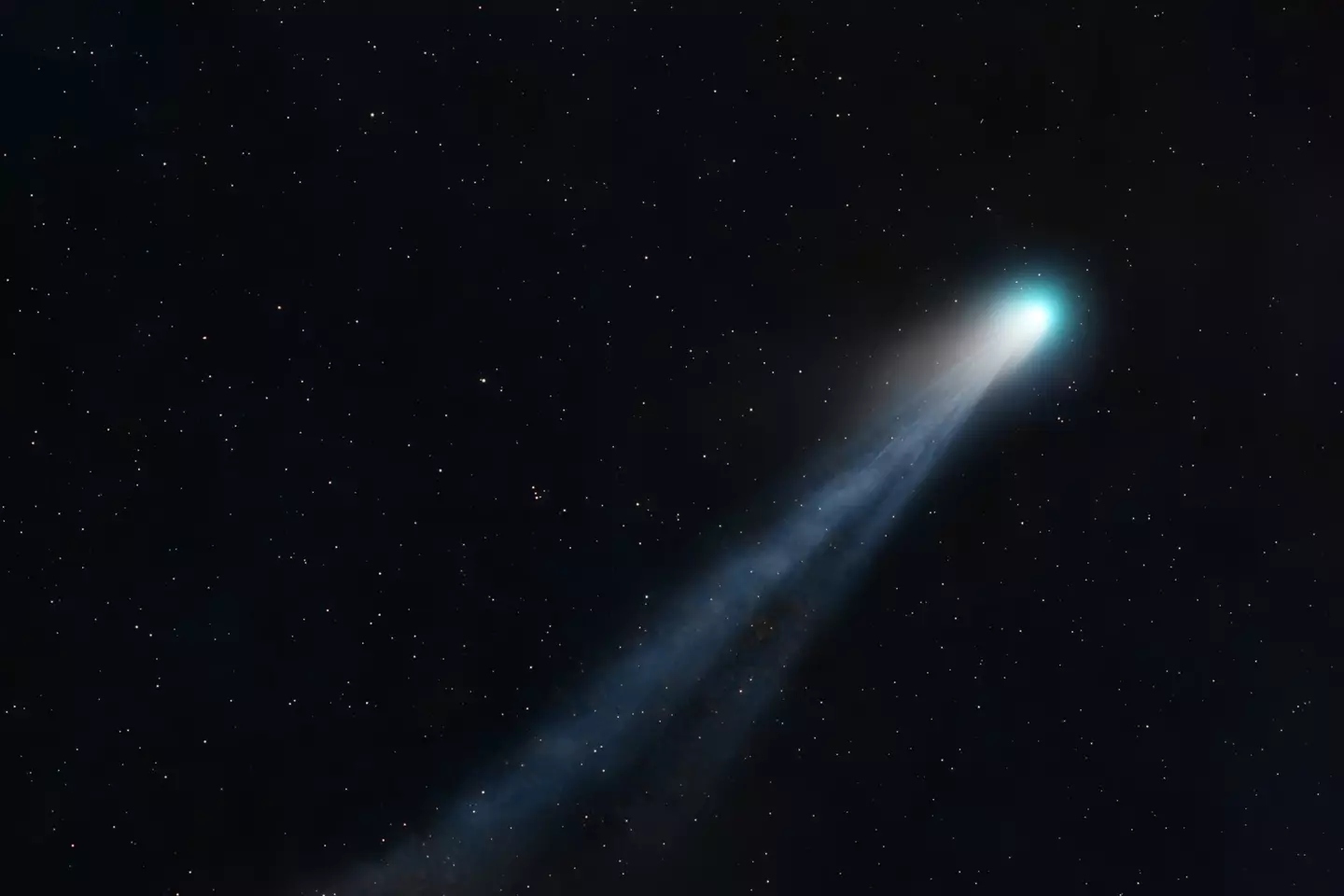
A lot of naming conventions in astronomy are pretty boring - giving distant planets names that sound more like boring ZIP codes than anything else, but every so often something more colorful will come around.
Take the 'Devil comet' - it's a perfect example, thanks to a really ominous name that summons up images of all sorts of apocalyptic scenarios.
And on Sunday, 2 June, the comet made its closest approach to Earth
The flying rock, which is bigger in mass than Mount Everest, came within 143 million miles (230 million kilometers) of our planet, which is still massively far away, but surprisingly close in astronomical terms.
Advert
It was therefore visible to the naked eye - making for a once-in-a-lifetime experience, since it takes 71 years to orbit the Sun and therefore won't be seen again for practically a lifetime.

The Devil comet's official name is Comet 12P/Pons-Brooks, which hardly captures the imagination in the same way.
In terms of distance, it's worth putting the comet's approach in context - the Sun itself is some 93 million miles (149 million kilometers) miles from Earth, so the comet never even got closer than this - but that's still near enough to see it.
Advert
In fact, its brightest point came back in April, so keen stargazers have been looking out for it for a few weeks now.
That double-barrelled name comes from the fact that the Devil comet is one we've known about for a very long time - Jean-Louis Pons and William Robert Brooks each observed it in the 19th Century - Pons in 1812 and Brooks in 1883. It ended up sharing their name, therefore, but that official designation was soon overtaken by its nickname.

The reason it's called the devil comet is quite simple - its shape and the trail it leaves behind make it look a little like a sphere with two small horns on it, almost like a devil.
Advert
Some have compared it to the prongs on the Millennium Falcon, Han Solo's spaceship in Star Wars, but the older name has stuck around much longer.
These horns are actually apparently caused by small outbursts, where the comet ejects gas and dust from itself in jets - which is just one aspect of its behavior that scientists can watch carefully to learn more about.
It will doubtless have been charted by a range of different researchers this weekend as it passed so close to us.